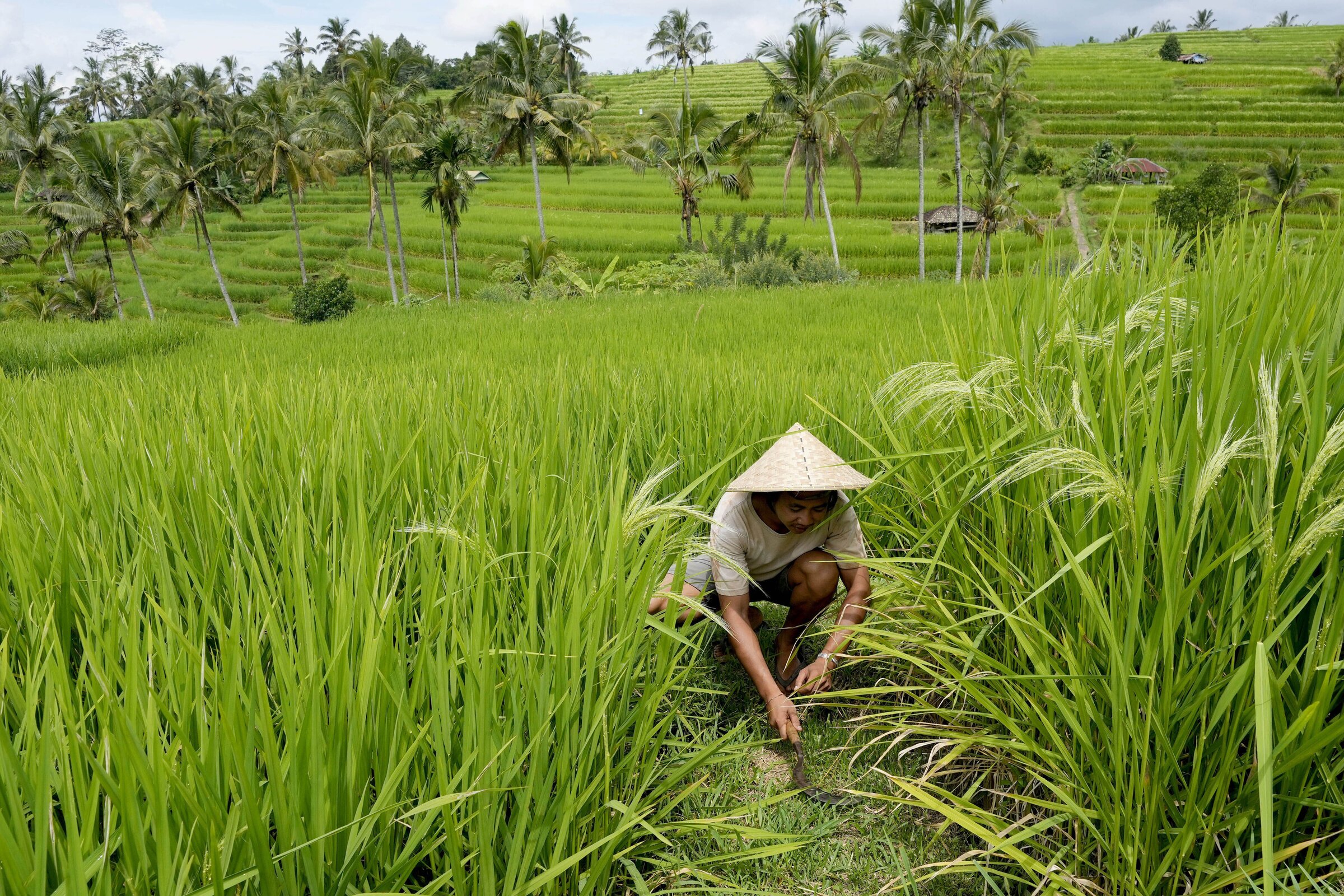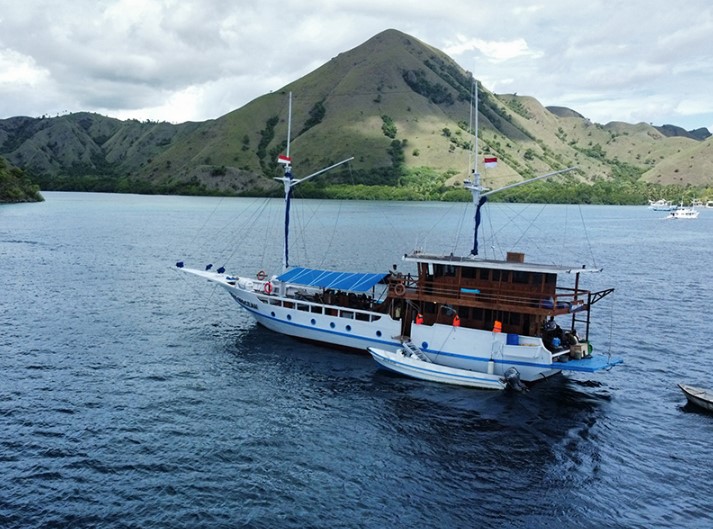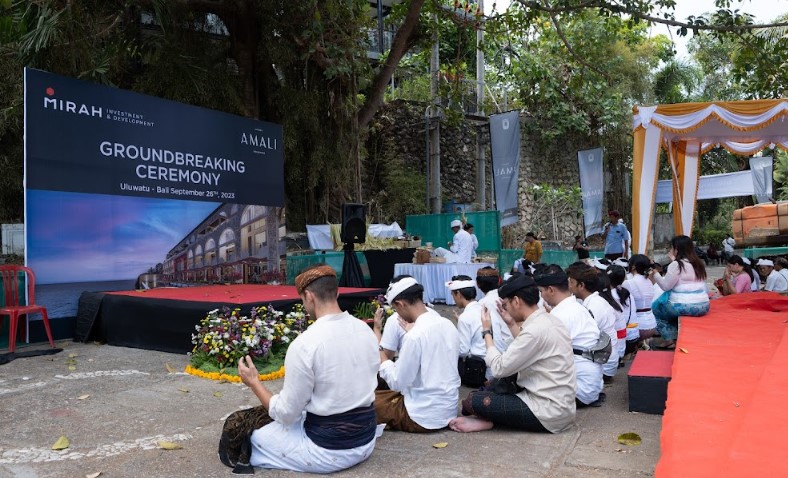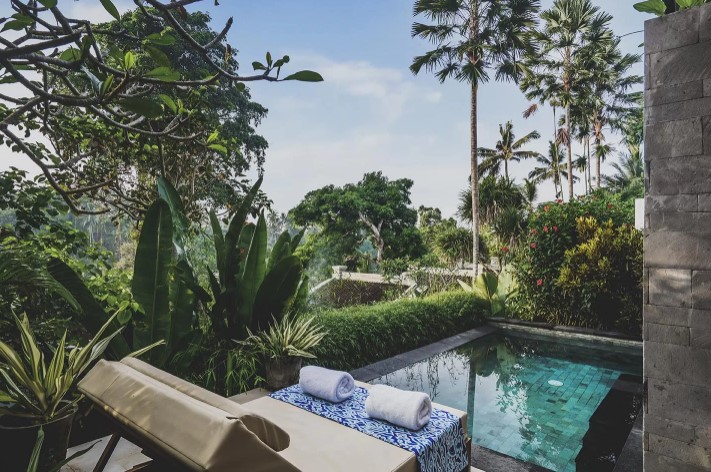JATILUWIH, Indonesia — Significantly from Bali’s beach locations and lodges, farmer I Ketut Jata stands on a mountainside, staring at terraced land that is also dry to grow the rice his family members has extensive relied on for food items and income.
“It is no more time possible to operate in the fields as a farmer,” he suggests.
Bali’s drinking water disaster is worsening from tourism improvement, inhabitants development and h2o mismanagement, gurus and environmental teams alert. Water shortages presently are affecting United Nations Educational, Scientific and Cultural Group web sites (UNESCO),wells, food stuff manufacturing and Balinese society and industry experts say the predicament will deteriorate more if current drinking water regulate guidelines are not enforced throughout the island.
A tropical, volcanic island in the center of Indonesia’s archipelago, Bali relies on water from a few most important sources: crater lakes, rivers and shallow groundwater. A one of a kind classic irrigation process, termed the “subak,” distributes water through a community of canals, dams and tunnels.
The subak, built a UNESCO web page in 2012, is central to Balinese society, representing the Balinese Hindu philosophy of “Tri Hita Karana”– harmony between folks, mother nature and the non secular realm.
“This is a single of the extremely unique conditions of living landscapes in Asia,” explained Feng Jing, who operates with UNESCO in Bangkok.
Pressures are seriously straining the subak and other h2o resources, says Putu Bawa, job manager for the Bali H2o Safety plan, led by a Bali-based nongovernment corporation, the IDEP Foundation.
The island’s populace jumped additional than 70{8ac304f283d9048aa406820cdb3efba1388565cefcdaf9ad6f054e81ea9085be} from 1980 to 2020, to 4.3 million folks, in accordance to federal government census details. Tourism growth has been even a lot more explosive: A lot less than 140,000 overseas readers came to the island in 1980. By 2019, there were extra than 6.2 million international and 10.5 million domestic holidaymakers.
With the tourism boom, Bali’s overall economy has prospered — at a value. Rice fields the subak after coursed via have been turned into golf programs and h2o parks, whilst forests that the natural way obtain h2o and are crucial to the subak have been felled for new villas and lodges, Bawa said.
Stroma Cole of the College of Westminster, who has researched tourism’s impression on Bali’s water provides, states a further concern is that the drinking water desk is dropping simply because of Bali’s people and firms depend on unregulated wells or boreholes for cleanse water, as a substitute of federal government-owned piped provides.
“At the moment, it is the lowest priced resource of h2o for persons to use,” Cole mentioned. “So why would not you use that?”
In considerably less than a 10 years, Bali’s drinking water desk has sunk a lot more than 165 toes in some parts, according to details supplied by IDEP. Wells are jogging dry or have been fouled with salt water, especially in the island’s south.
Bali does have polices — these kinds of as drinking water licenses and taxes on h2o used — that are meant to regulate the island’s h2o supplies, but there is certainly no enforcement, Cole explained.
“The procedures which exist are outstanding rules, but they are not enforced” she said.
Bali’s municipal h2o agency and Bali’s section of community will work did not respond to requests for comment.
The dire affect of the water disaster can be observed in Jatiluwih, in northwestern Bali, in which farmers tend to the island’s premier rice terraces.
For generations lush green rice terraces have relied on the subak method for irrigation. But in the earlier decade, farmers have had to import and pump h2o by means of white plastic pipes to irrigate the fields.
Back again in central Bali, Jata stated he attempted planting cloves, which demand a lot less drinking water. But the land — which is ideal for rice — and a absence of subak water thwarted that prepare.
“In the earlier, when the subak was energetic, the drinking water was still good,” Jata said. “But so far there have been no success … all the cloves are dead.”
Other Bali farmers say they can only get one particular rice harvest in its place of two or 3 a yr owing to drinking water disruptions, according to Cole’s study. That could reduce meals output on the island.
When Indonesia closed its borders at the peak of the pandemic, Bali’s tourism dropped considerably. Environmentalists hoped the closure would enable the island’s wells to recharge. IDEP is at present putting in sensors in wells throughout the island to far better research monitor h2o degrees.
But enhancement across the island has continued, including a new authorities-backed toll road that activists say will further disrupt the subak system. New lodges, villas and other firms are introducing to desire.
Tourism is critical to Bali but there also should be far better enforcement and elevated checking to safeguard the island’s water methods, Bawa explained. “We require to do this collectively for the sake of the survival of the island.”
Data for this short article was contributed by Tatan Syuflana of the Associated Press.
 A farmer is effective in a area with a regular terrace irrigation procedure identified as a “subak’ in Jatiluwih in Tabanan, Bali, Indonesia, Monday, April 18, 2022. Bali faces a looming h2o disaster from tourism improvement, inhabitants growth and water mismanagement, experts and environmental teams alert. Whilst drinking water shortages are now impacting the UNESCO web site, wells, food items generation and Balinese tradition, professionals undertaking these troubles will worsen if present insurance policies are not equally enforced across the full island. (AP Photo/Tatan Syuflana)
A farmer is effective in a area with a regular terrace irrigation procedure identified as a “subak’ in Jatiluwih in Tabanan, Bali, Indonesia, Monday, April 18, 2022. Bali faces a looming h2o disaster from tourism improvement, inhabitants growth and water mismanagement, experts and environmental teams alert. Whilst drinking water shortages are now impacting the UNESCO web site, wells, food items generation and Balinese tradition, professionals undertaking these troubles will worsen if present insurance policies are not equally enforced across the full island. (AP Photo/Tatan Syuflana)



More Stories
Menghormati Tradisi dan Lingkungan: Proyek Properti Berkelanjutan di Bali dimulai dengan Upacara Adat Setempat
Escape Bali into Nature
Top 3 Comeback Destinations Of The Year For American Travelers